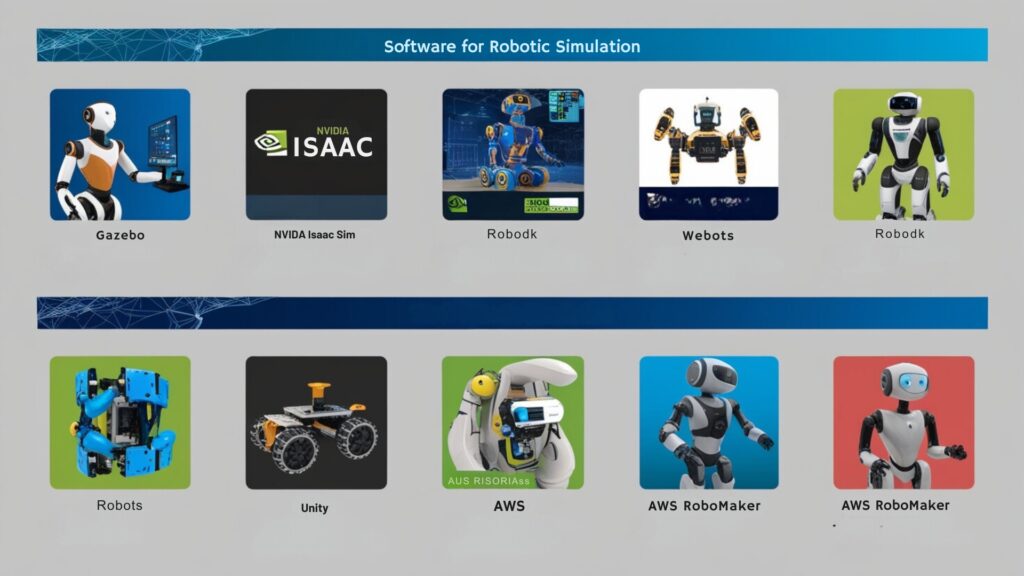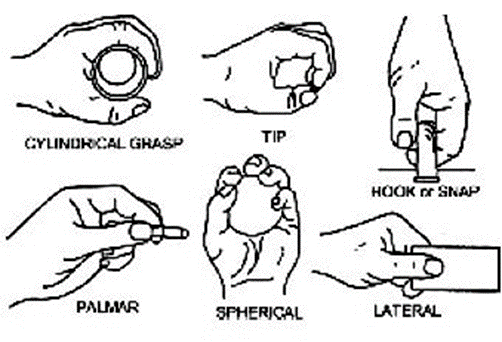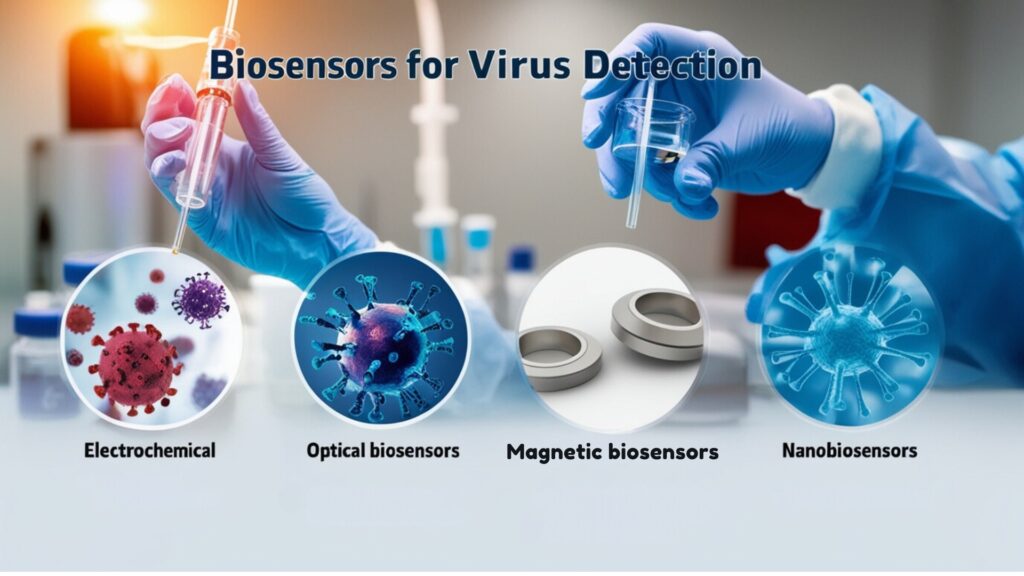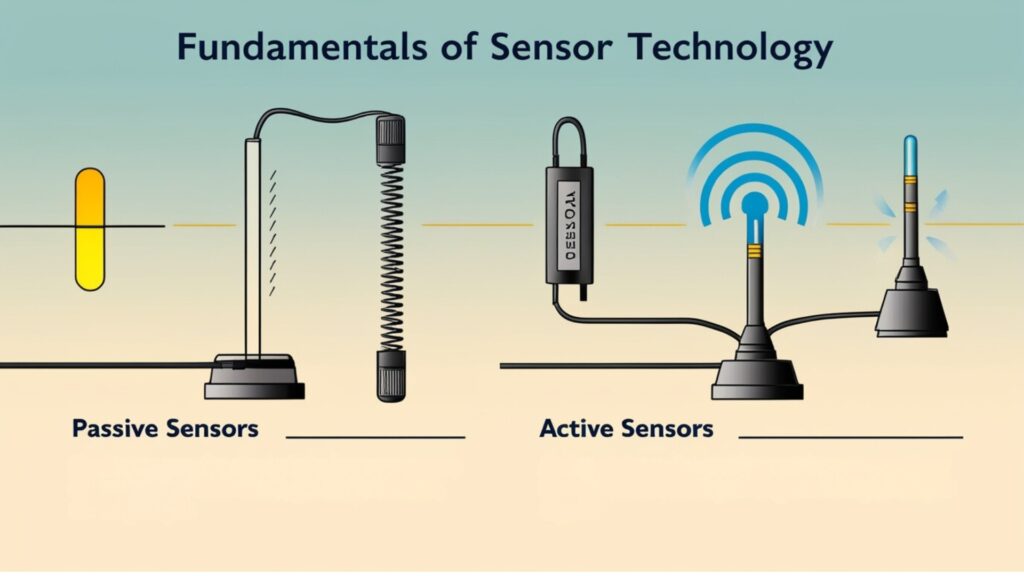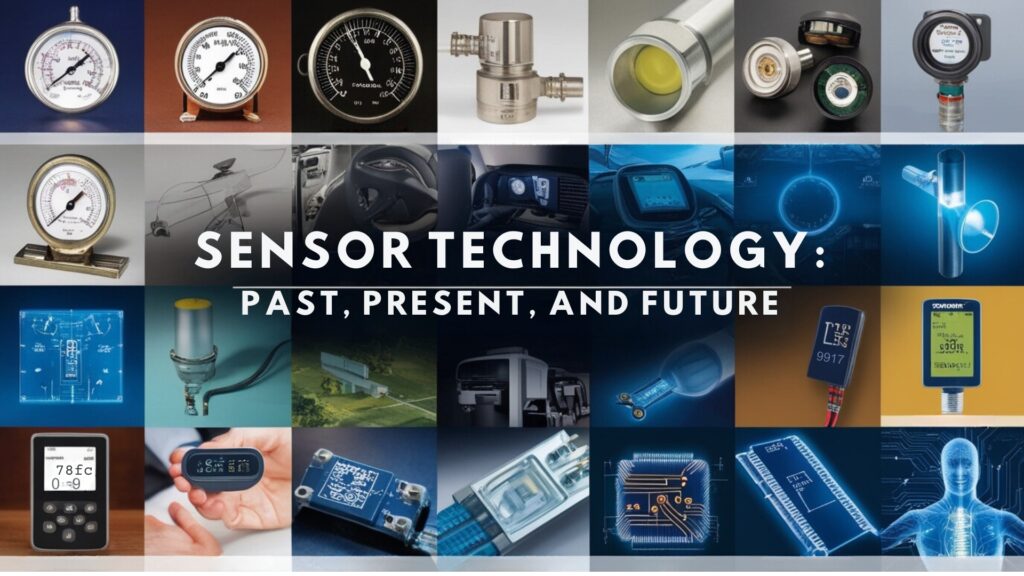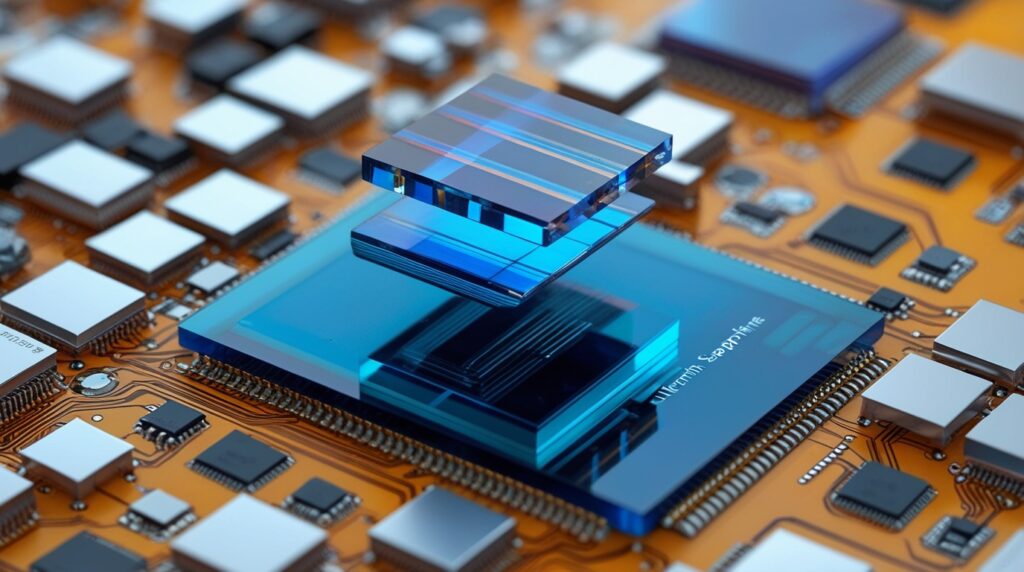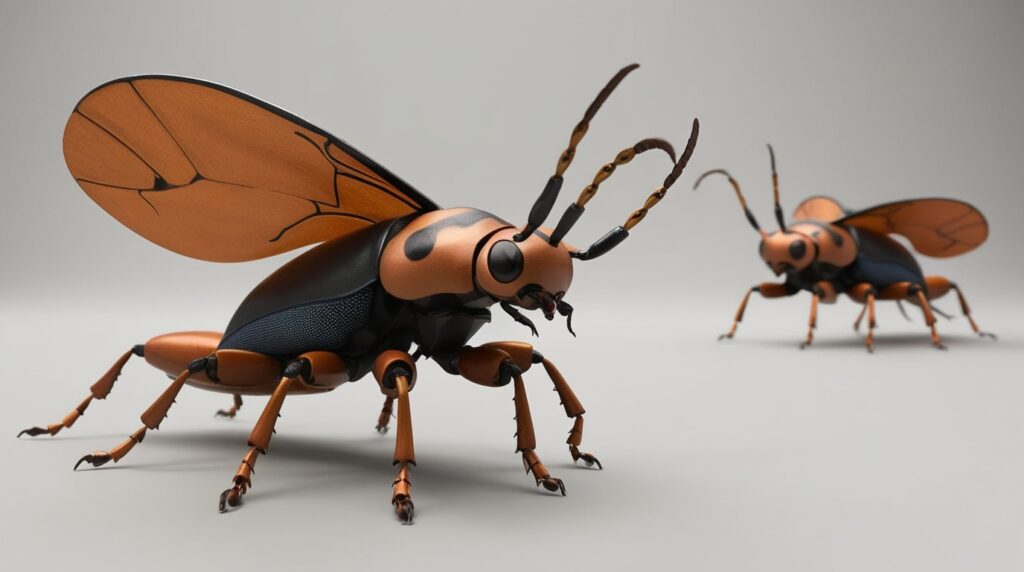Software For Robotic Simulation
Introduction Software for robotic simulation refers to a category of software tools that enable the design, programming, and testing of robotic systems in virtual environments. These platforms provide a cost-effective and safe alternative to physical prototyping, allowing developers and researchers to explore and refine robot behaviors without the risks associated with hardware experimentation. The rise of robotics in various industries, including aerospace, automotive, and healthcare, has heightened the importance of such software, as it aids in optimizing operations, enhancing safety, and reducing time to market. Notable examples of robotic simulation software include Gazebo, NVIDIA Isaac SIM, RoboDK, Webots, Unity, and AWS RoboMaker. Each of these platforms offers distinct features, such as realistic physics modeling, advanced graphics, and […]
